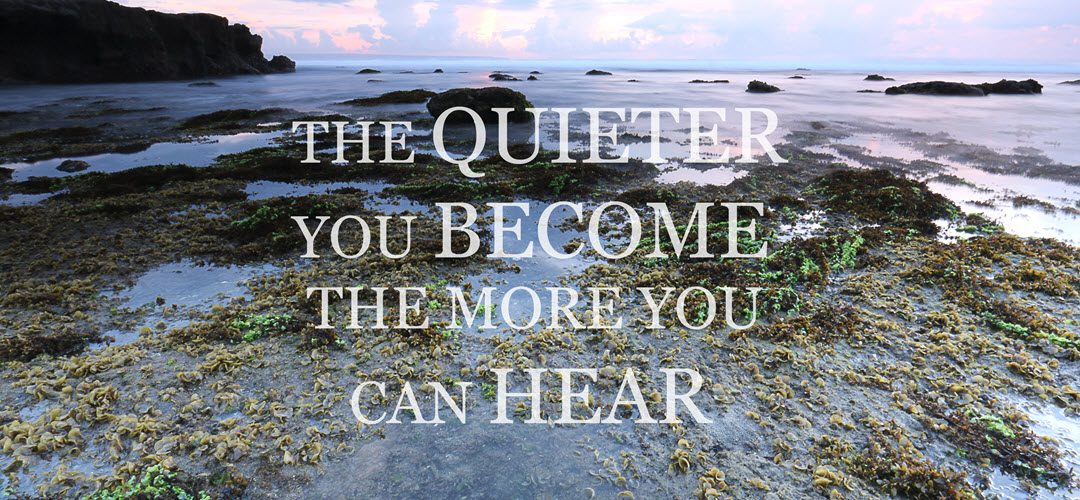
The Practice of Mindfulness through Breathing
If you’re like most people, your days race by and you often wonder where the time goes. You may not even recall what you did a few minutes ago, or you may drive from one place to the next and not remember the trip.
Your mind is wandering to the immediate future, like what’s for dinner, or the far future, like will we have enough money to retire? Or, you are replaying that terrible conversation with your boss/spouse or the guilt from your past.
All these are examples of mentally living in the past or the future, rather than the present. As a result, time flies by. Often anxiety or depression accompanies, but not always. The best way to slow down time is by living moment by moment, focusing entirely on what is before you. We do that by becoming what’s called ‘mindful.’
In addition to slowing down time, practicing ‘mindfulness’ also helps us to relax.
Here, let’s detail a basic fundamental exercise for relaxation and mindfulness.
Deep Breathing: Sit up straight but comfortably, feet on the floor. Place one hand on your abdomen near your waistline so you’ll be able to feel your breaths. Close your eyes if you are comfortable doing so to minimize distraction, and start to slow down your breathing.
You want to take deep breaths so you feel your abdomen expand and push your hand out as your lower lungs fill. Typically, we have learned to breathe short shallow breaths and this is a re-training process. As we get more oxygen in, it slows our nervous system, bringing relaxation (since we can only be ‘fast’ or ‘slow’ but not both at the same time), and helps clear our mind.
Begin to breathe through your nose to the count of 2 and exhale through your mouth to 2. Repeat 3 times. Then increase your inhalation count to 4 and gradually increase your exhalation to the count of 8 as you can. Move on up to breathing in to a count of 7 and a slow exhale through your mouth to 11 if you can. Just be sure your exhale is slower than the inhale to maximize the calming effect in your brain and body.
What’s happening here is that the longer exhalations are stimulating the parasympathetic nervous system (‘rest and digest’); the opposite of the sympathetic nervous system keeping us in ‘fight or flight’ high arousal.
The ‘mindful’ part is that you want to focus on your breath. Feel the air go in and out. Notice the sensation of the warmth. Imagine feeling the air as it travels all the way down to the bottom of your lungs and out. Feel the expansion and contraction of your lungs.
As you breathe in, you may choose to silently say a word like “peace,” or “breathe in.” On the exhale, try the word “cleanse” or “breathe out.” Or you can try counting the breaths. Choose anything you like. You may use spiritual words if you want.
If you like, you may also turn your attention while breathing to feel the rest of your body. Scan it for areas of tension. Contract and release any muscles that are tight. Then return your attention to your breath.
 Stay with this for at least 2 minutes, and time yourself at first. You’ll be surprised how long that is when you’re just breathing! Doing this in the last 15 minutes before bed is a great time to begin and build from there.
Stay with this for at least 2 minutes, and time yourself at first. You’ll be surprised how long that is when you’re just breathing! Doing this in the last 15 minutes before bed is a great time to begin and build from there.
You may also do this lying down. It’s fine if you fall asleep. It will promote deeper sleep.
Many people benefit from setting a reminder system to repeat this 3 times a day and then do it more often as you can.
Sneak it in whenever you can, even with eyes open and no one will know. The more you do it, the better you’ll get at making this way of breathing a better habit, and lay the foundation for more relaxation and mindful practices.
